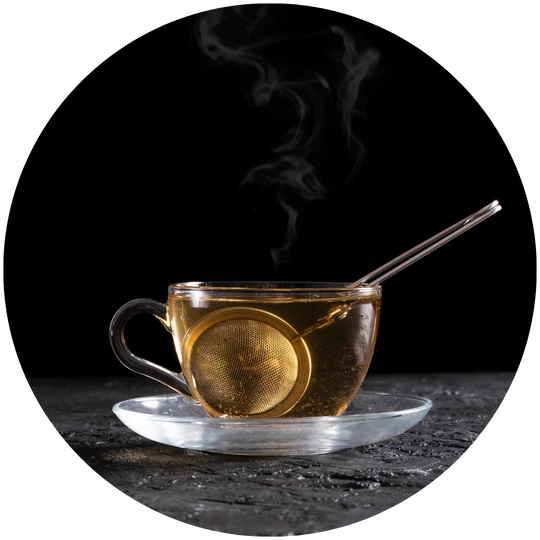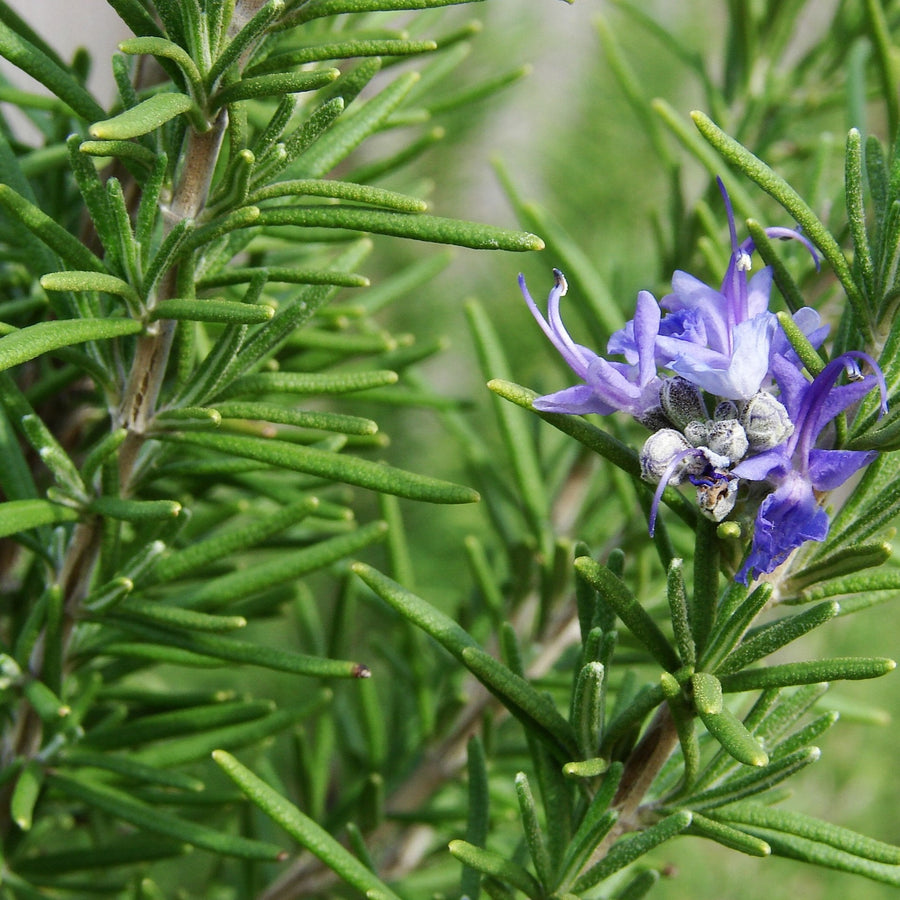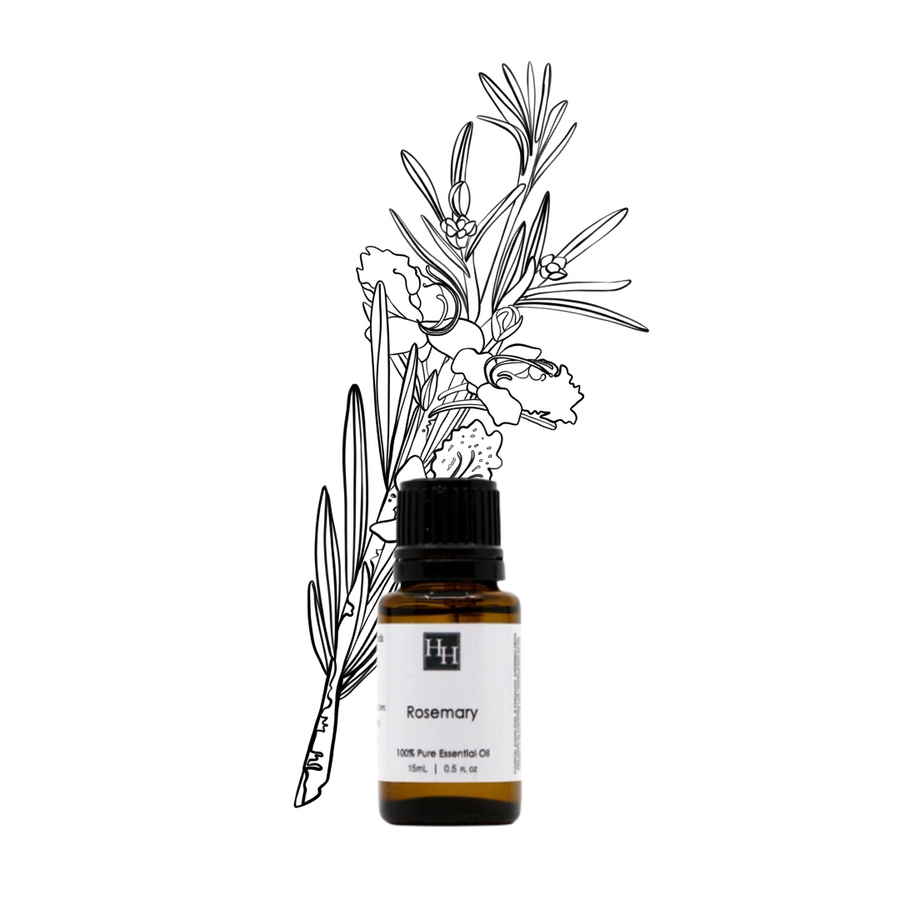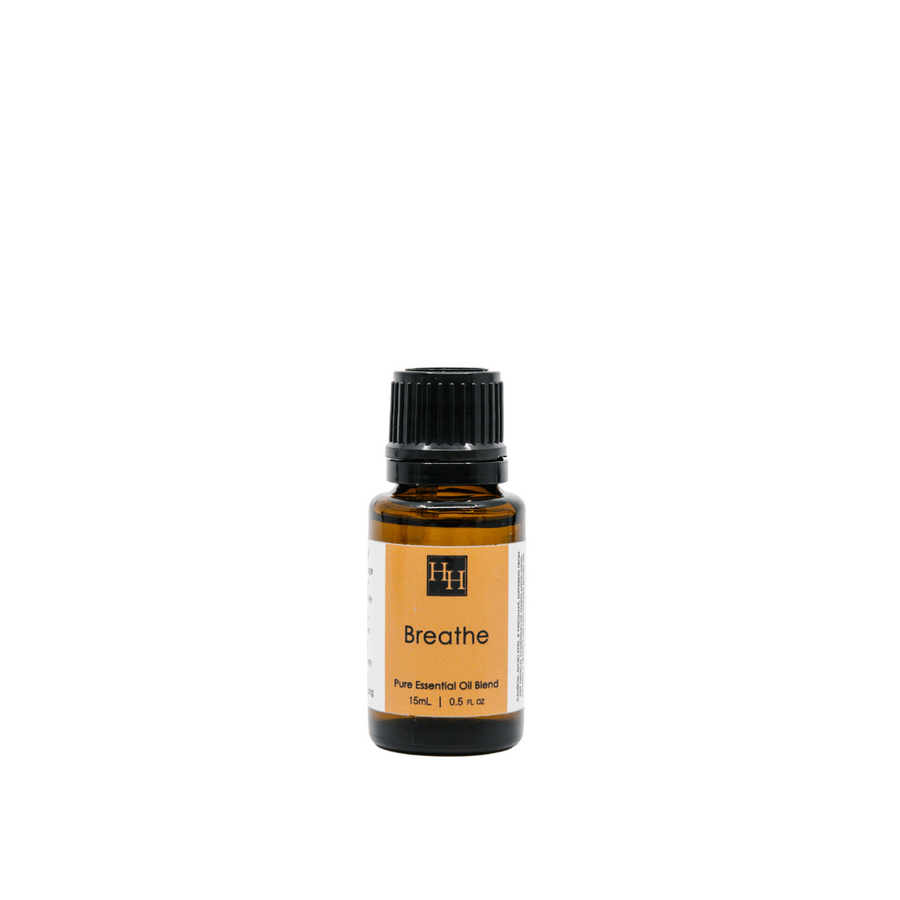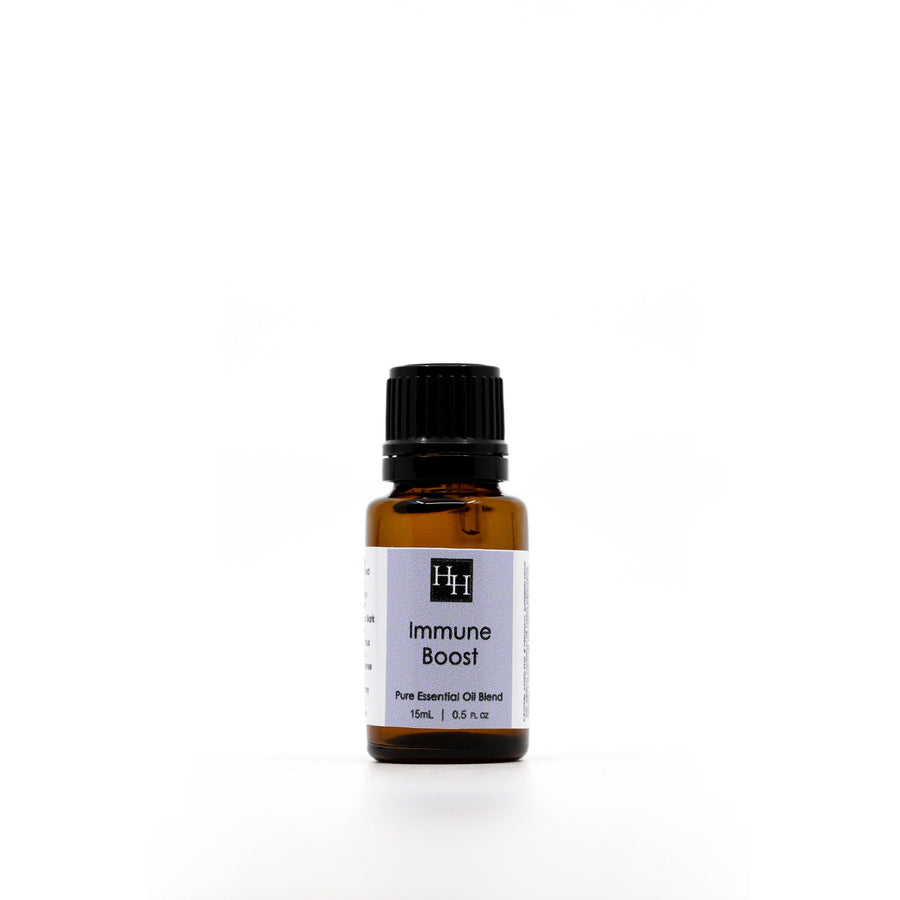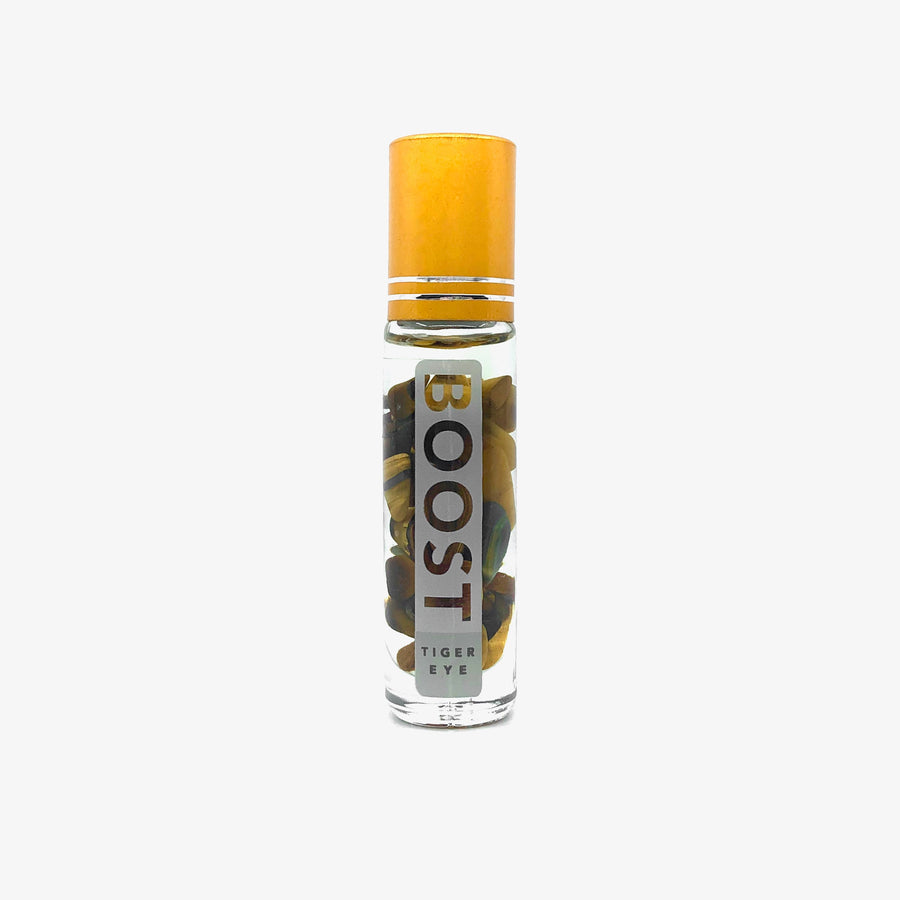
Latin: Rosmarinus officinalis
Part Used: leaves and twigs
Constituents: volatile oil including borneol, linalol, camphene, cineole, and camphor, tannins, bitter principle, resins
Medicinal Actions: carminative, aromatic, antispasmodic, antidepressive, antiseptic, rubefacient, parasiticide
Rosemary has an incredible amount of old lore attached to it. Historically, it has been used at weddings, funerals, and any number of celebrations. For weddings, it symbolizes fidelity, while for funerals it symbolizes remembrance. In these celebrations, rosemary has been used both decoratively and as incense. It has a long history of being affiliated with magic, either as a safeguard against witchcraft and evil doing, or as an ingredient in spells, however contradictory that may sound.
Grieve tells us that, “It was an old custom to burn Rosemary in sick chambers, and in French hospitals it is customary to burn Rosemary with Juniper berries to purify the air and prevent infection.”
Though Rosemary is often thought of primarily as a culinary herb, it has great use medicinally as well. In fact, the traditional uses of rosemary point to its medicinal properties. Its association with remembrance indicates its use for improving memory and encouraging focus, and its uses for both celebrations and funerals hint at its ability to act as an antidepressant.
Another use for Rosemary is in easing headaches. This can be seen in the traditional uses as the primary ingredient in ‘Hungary Water,’ so named for the Queen of Hungary. Invented sometime in the late 14th century, this ‘water’ is considered one of the first-alcohol based perfumes. Made by distilling Rosemary and Thyme with brandy, the water was both used topically and taken internally as a cure for the queen’s headaches.
Sir Thomas More summed it up nicely when he wrote: “As for Rosmarine, I lett it runne all over my garden walls, not onlie because my bees love it, but because it is the herb sacred to remembrance, and, therefore, to friendship; whence a sprig of it hath a dumb language that maketh it the chosen emblem of our funeral wakes and in our buriall grounds.”
Rosemary is an evergreen plant with long, soft needles climbing up woody stems. Given enough space, it will grow into a large shrub. When it blooms, it boasts lovely little purple flowers.
Rosemary grows abundantly along the coast of the Mediterranean, earning its Latin name Rosmarinus, which means ‘dew of the sea.’ In cooler climates, Rosemary makes for a hearty annual. It loves the sun and does well with minimal watering. It doesn’t like to be soaked, though it appreciates having its leaves spritzed, especially if you live in a dry climate. Rosemary will thrive in the humidity of a Southern Ontario summer, but will need to come inside at the end of the season, as it won’t survive the cold winter.
Uses & Combinations
Rosemary acts as a circulatory and nervine stimulant, which makes it a useful replacement for coffee if you’re trying to avoid caffeine. Sip on a cup of Rosemary tea in the afternoon to help you focus and to improve your memory during study sessions. It will give you an even, sustained energy without the spike and drop that so often comes with caffeinated drinks like tea and coffee.
Rosemary has a calming effect that eases psychological tension and makes for an effective antidepressant. It has a similar calming effect on the digestive system, and is useful for easing headaches.
Topically, Rosemary can be used to ease muscular pain and sciatica. It also acts as a stimulant to hair follicles and can be used as an oil in premature baldness or in a hair rinse to encourage growth.
Combine with Skullcap, Kola Nut, and Oats for depression, or with Lemon Thyme to make a mild stimulant.
ESSENTIAL OIL
Rosemary Essential Oil has a strong aroma, with a fresh, woody, herbal scent that has a stimulating effect in aromatherapy use. It can reduce stress, relieve fatigue, and increase focus.
You’ll find Rosemary EO in our Boost Gemstone Roller and Immune Boost EO Blend.
TEA RECIPE
Combine 1 part Rosemary 1 part Lemon and Thyme infuse in boiling water to create a delicious, stimulating drink that will help you concentrate.

Identifying
Features & Cultivation
You can gather the leaves all summer, but they’re best before it flowers. Rosemary takes very well to drying. Cut the branches and hang to dry to enjoy your Rosemary all year long. It does well being cut back before being brought inside for the winter, so don’t be shy.






